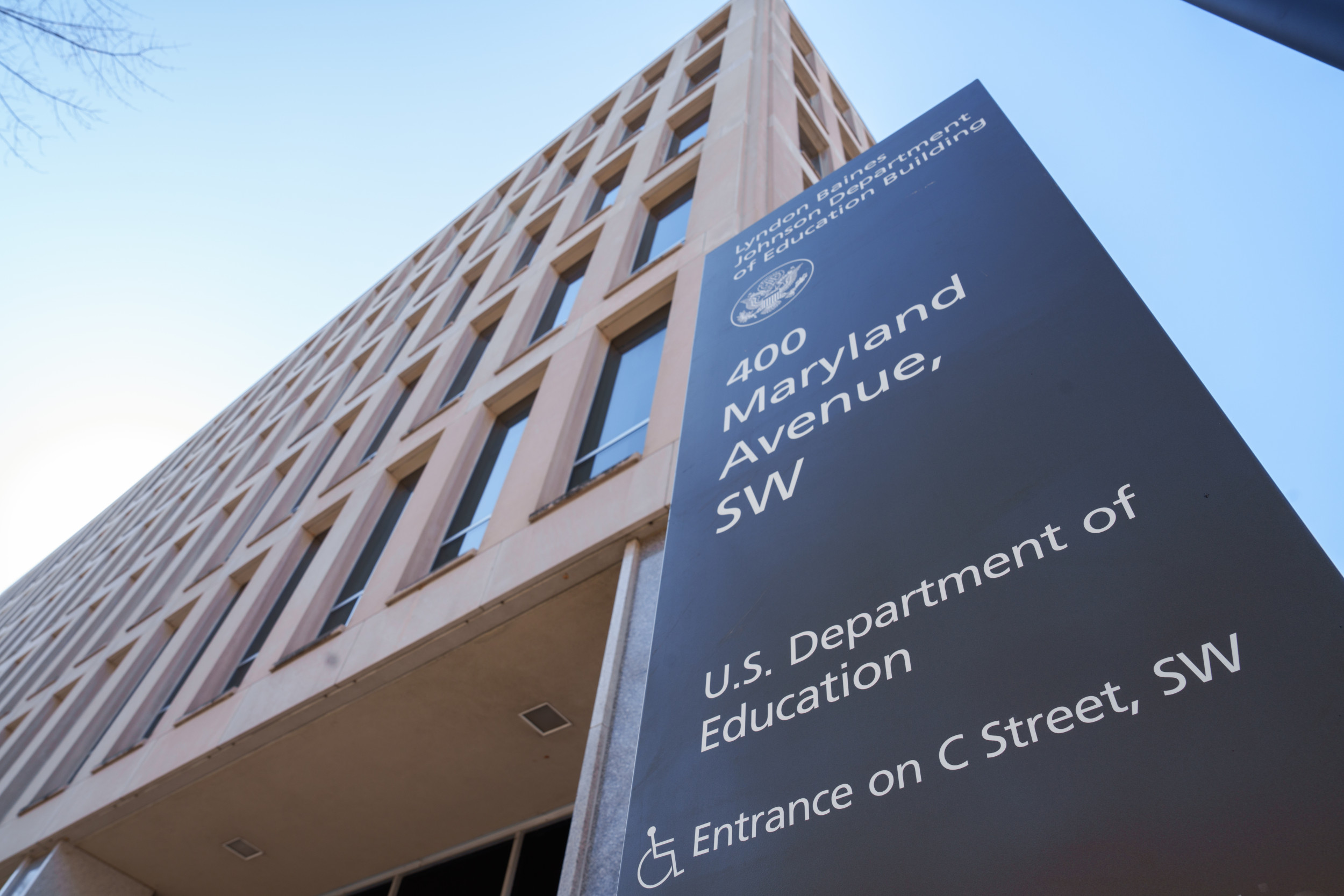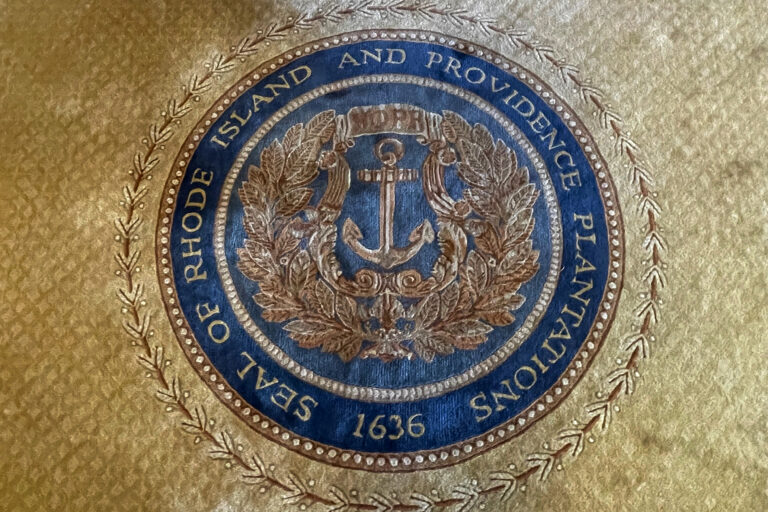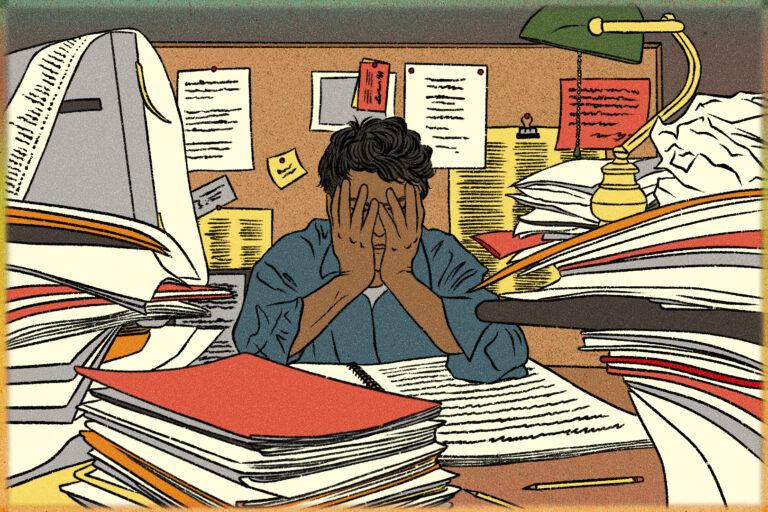
Millions of federal student loan borrowers are seeing their balances increase Friday as interest charges resumed for participants in the Saving on a Valuable Education (SAVE) plan.
The accruing interest follows a year of zero-interest forbearance and comes amid ongoing restructuring of the nation’s student loan system under new legislation and legal pressure.
Why It Matters
The abrupt resumption of interest applies to roughly 7.7 million Americans enrolled in SAVE, a repayment program launched during the Biden administration to provide more manageable loan payments.
Financial experts estimated that the average borrower could pay more than $3,500 annually in interest—or about $300 monthly—with the Student Borrower Protection Center projecting a collective $27 billion in new interest charges this year alone.
The change marks a significant shift in federal loan policy and is expected to strain budgets for borrowers nationwide, as higher payments coincide with recent caps on loan forgiveness and eligibility for federal aid.

J. David Ake/Getty Images
What To Know
Borrowers who remain in forbearance will see their balances increase each month as interest accrues, although no retroactive charges will be applied.
The Trump administration’s “One Big Beautiful Bill Act,” signed into law last month, permanently eliminates the SAVE program and other income-driven repayment (IDR) options by July 2028.
Borrowers currently on SAVE will be transitioned to new plans—either the Repayment Assistance Plan (RAP), which is slated to launch by July 2026, or a revised Standard Repayment Plan.
Under RAP, payments will range from 1 percent to 10 percent of income, but debt relief options are less generous than previous plans, with forgiveness only after 30 years and stricter deferment rules. The Department of Education (DOE) has advised SAVE borrowers to consider their repayment options carefully.
While borrowers can stay in SAVE forbearance until July 2028, it is recommended to make at least interest-only payments to avoid ballooning balances. Borrowers may also consider switching to the Income-Based Repayment (IBR) plan, though forgiveness under IBR is currently paused due to system updates and legal delays.
The DOE offers a loan simulator as a tool to help borrowers estimate payments and compare available plans.
With the SAVE program’s elimination and higher payments under new plans, projections show that families may pay thousands of dollars more per year on average, worsening financial pressure and potentially increasing the risk of default for vulnerable borrowers.
“You’re going to see the cost of those loans start to rise, and if you haven’t already started, now is the time to start considering a strategy on how to manage payments going forward and eliminate as much of that interest through early payments as possible,” Alex Beene, a financial literacy instructor for the University of Tennessee at Martin, told Newsweek.
Newsweek reached out to the DOE for comment via email.
What People Are Saying
Kevin Thompson, the CEO of 9i Capital Group and the host of the 9innings podcast, told Newsweek: For many borrowers, this feels like yet another slap in the face, forcing them into interest-only payments just to stay afloat, or full principal and interest payments to make any real progress.”
Alex Beene, a financial literacy instructor for the University of Tennessee at Martin, told Newsweek: “One of the key benefits of the SAVE program during and in the years after the pandemic was the pause in interest accruing on those loans. However, that pause is expiring, and interest is going to start to build. If you’re a borrower who qualified for SAVE, you have to see this as a turning point.”
What Happens Next
Borrowers on SAVE have until July 2028 to switch to alternative repayment plans before the program ends. The DOE will begin direct outreach to help borrowers navigate the transition, and administrative wage garnishment for defaulted loans is expected to resume later this summer.
Implementation of the new RAP and Standard Repayment plans will phase in over the next two years.
“The DOE appears committed to ensuring borrowers repay their debts. With legal setbacks to the Biden-era forgiveness plans, the administration is now shifting focus to reestablish regular repayment as a revenue source for the federal government,” Thompson said. “This move solidifies their stance: If the courts block forgiveness, then repayment is back on the table.”




